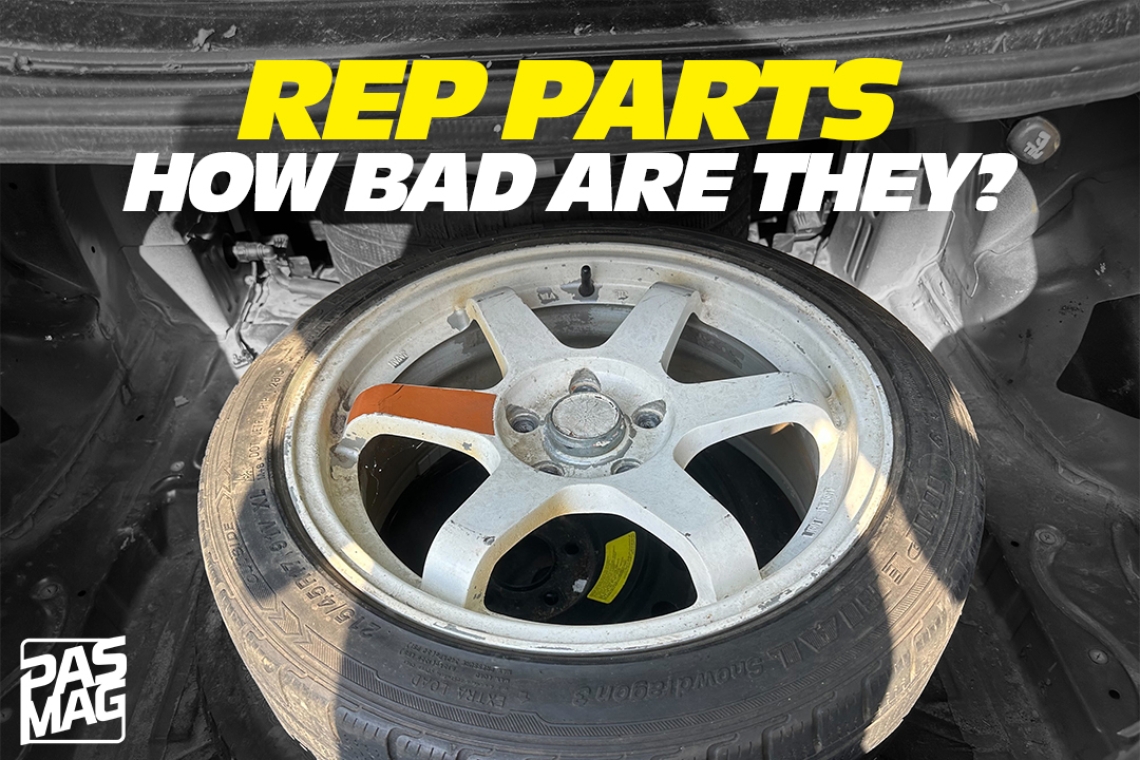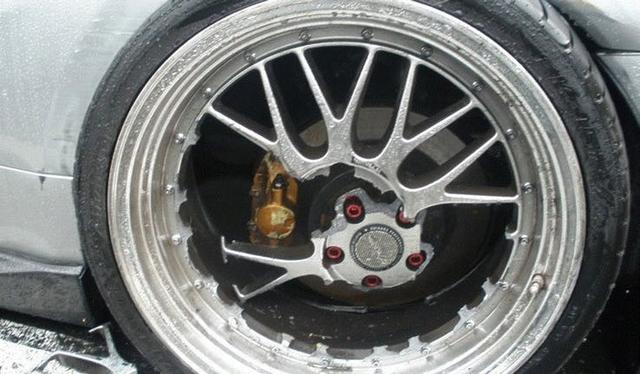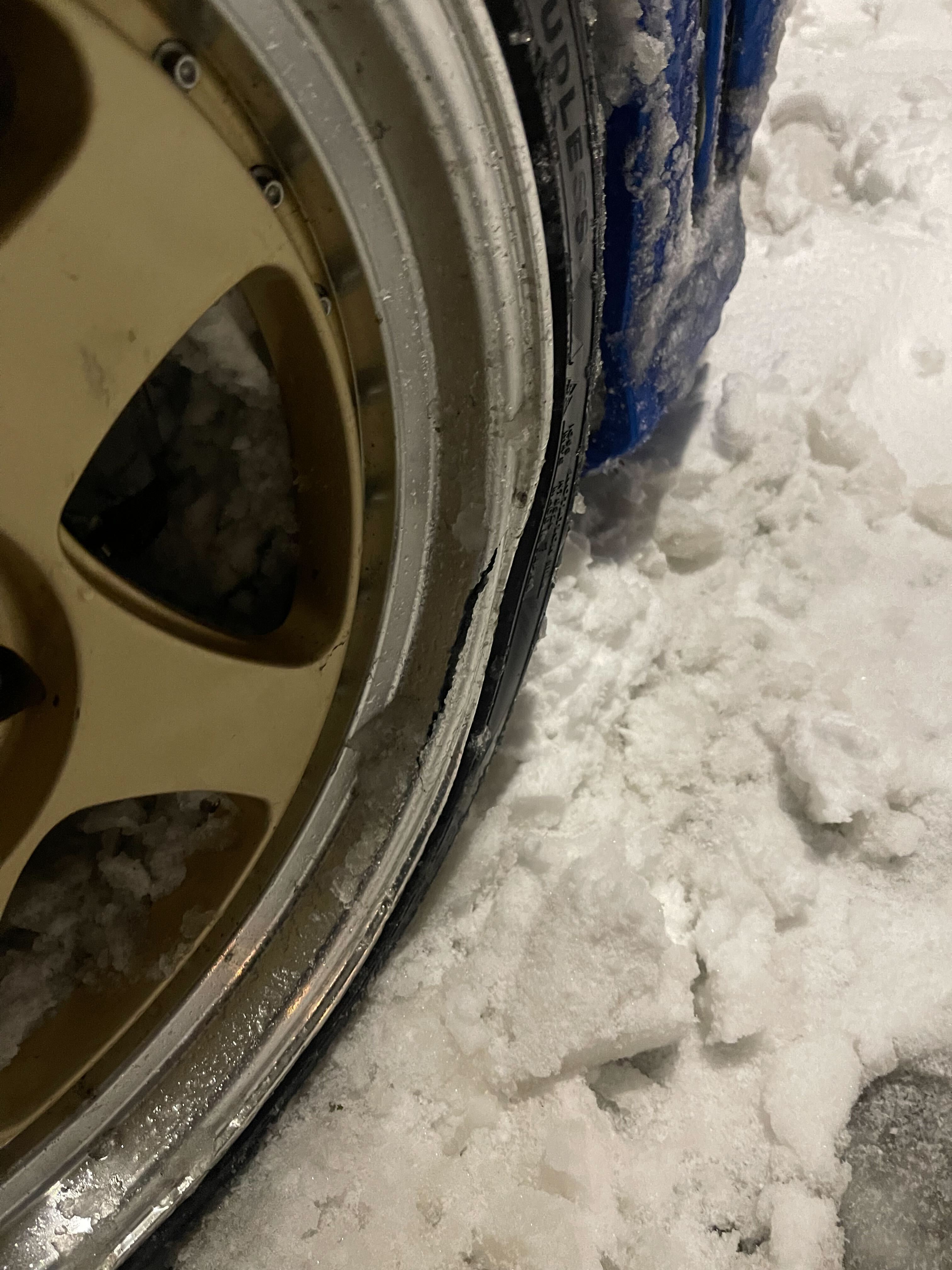Today we're exploring a topic that's been causing quite a stir in the tuning community for several years now: the use of replica parts. The aftermarket industry thrives on innovation and customization, but the rise of cheap, knock-off parts is sparking debates about quality, safety, and the overall culture of tuning. Let's dive into the pros and cons of replica parts and their impact on our beloved hobby.
Genuine vs. Replica Parts: Quality and Safety
When it comes to aftermarket parts, quality and safety are paramount. Genuine parts, and parts crafted by original equipment manufacturers (OEMs), are designed to meet strict standards. They ensure proper fitment, durability, and performance even after significant stress testing and durability shakedowns. On the other hand, replica parts often come at a fraction of the cost, but this lower price can come with significant trade-offs.
Replica parts may look the part, but they often fall short in terms of material quality and manufacturing precision. Tolerances can be less strict, and stress tests can be less rigorous - if they do them at all. This can lead to issues like poor fitment, reduced durability, and even safety hazards. For instance, a poorly made replica brake caliper might not perform as expected under stress, posing a serious risk to drivers. Or the use of cheap hardware with less strict tolerances could back itself out of its threads. If two different metal materials are affixed to one another, were they heat tested to ensure no complications when they experience different expansion and contraction rates during heat cycles? All of these things can play a crucial part in overall quality and safety.
This isn't to say that all replica wheels are immediately dangerous by their nature, but it does happen more often than it would with a tested name brand wheel. In the same vein, this also doesn't mean that name brand wheels are impervious to damage, but the frequency and severity of damage are considerably different.
Economic Impact on OEMs and the Aftermarket Industry
The rise of replica parts can also have significant economic implications. OEMs and legitimate aftermarket manufacturers invest heavily in research, development, and quality control to bring reliable products to market. When consumers opt for cheaper replicas, it undermines the financial stability of these companies, potentially stifling innovation and leading to job losses.
Moreover, the influx of replica parts can flood the market with subpar products, damaging the reputation of the aftermarket industry as a whole. This can erode trust among consumers, who may become wary of investing in aftermarket modifications after a cheap part failed on them, or worse.
The Arguments For and Against Replica Parts
There are strong arguments on both sides of the replica parts debate.
Proponents of replica parts argue that they provide an affordable entry point for enthusiasts who may not have the budget for high-end parts. They claim that replicas allow more people to participate in the tuning scene and personalize their vehicles without breaking the bank.
Opponents, however, emphasize the risks associated with using knock-off parts. They argue that sacrificing quality and safety for cost savings is not worth it, and that supporting legitimate manufacturers ensures the continued growth and integrity of the aftermarket industry.
We can certainly understand both sides of the aisle, but as an authority on aftermarket automotive, we encourage all enthusiasts to explore other options when looking to save money. For example, it's better to be on OEM wheels with good fitment than it is to be on cheap knockoffs. Consider buying lightly used, or waiting a little bit longer to pull the trigger on some big purchases, at least when it comes to mechanically crucial parts. If you're buying convincing replica or "inspired style" aero, it's hard to fault you for that one - just know that the real thing almost always fits better and lasts longer.
Case Studies: Incidents and Trends
There have been several high-profile incidents where the use of replica parts has led to serious consequences. For example, stories of counterfeit wheels failing under load or fake suspension components causing accidents have circulated widely within the community. These cases highlight the potential dangers of using unverified parts and underscore the importance of prioritizing quality and safety.
On the flip side, some trends show that not all replica parts are created equal. In some instances, reputable brands have emerged that offer high-quality products "inspired by" time-tested designs, blurring the lines between knock-offs and genuine alternatives. These brands often adhere to stricter quality controls, providing a middle ground for budget-conscious enthusiasts.
The debate over replica parts is far from settled. As the tuning community continues to evolve, it's crucial to find a balance between accessibility and authenticity. Enthusiasts should be well-informed about the potential risks and benefits of using replica parts, making educated decisions based on their priorities and values.
Ultimately, the battle of authenticity in the aftermarket scene is a reminder that our passion for cars is deeply intertwined with issues of quality, safety, and economic sustainability. By supporting legitimate manufacturers and prioritizing reliable parts, we can ensure that the tuning community remains vibrant and innovative for years to come.
Related Articles
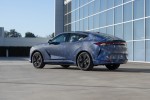 Acura To Bring Back The RSX… Sort Of
Acura To Bring Back The RSX… Sort Of
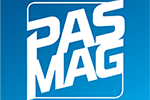 Track Day Essentials: What to Bring and How to Prepare
Track Day Essentials: What to Bring and How to Prepare
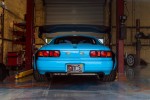 Still Got It: A V6-Swapped MR2 Too Special To Relinquish
Still Got It: A V6-Swapped MR2 Too Special To Relinquish
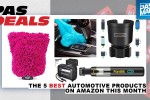 The 5 Best Automotive Products on Amazon This Month
The 5 Best Automotive Products on Amazon This Month
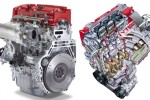 K-Swaps 101: Why the K-Series is More Popular Than Ever
K-Swaps 101: Why the K-Series is More Popular Than Ever
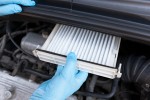 Cabin Air Filters Do More Than You Think
Cabin Air Filters Do More Than You Think


